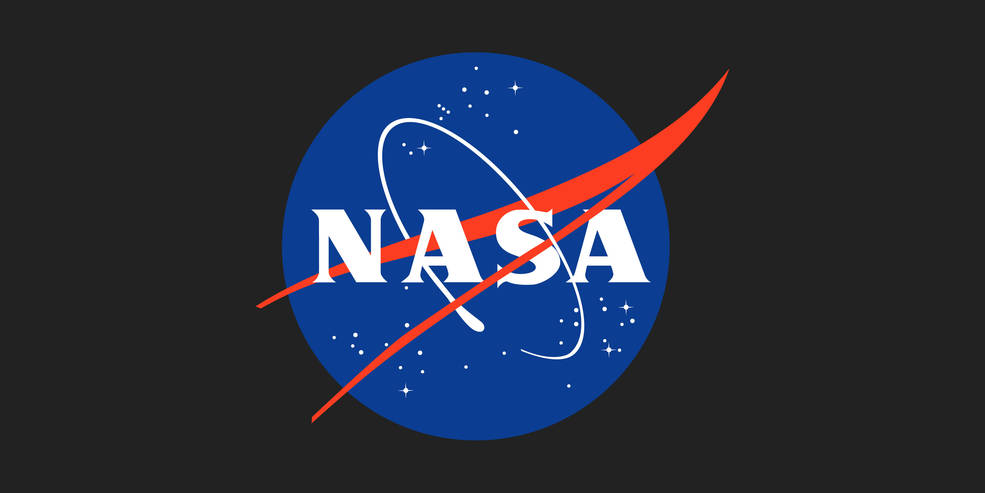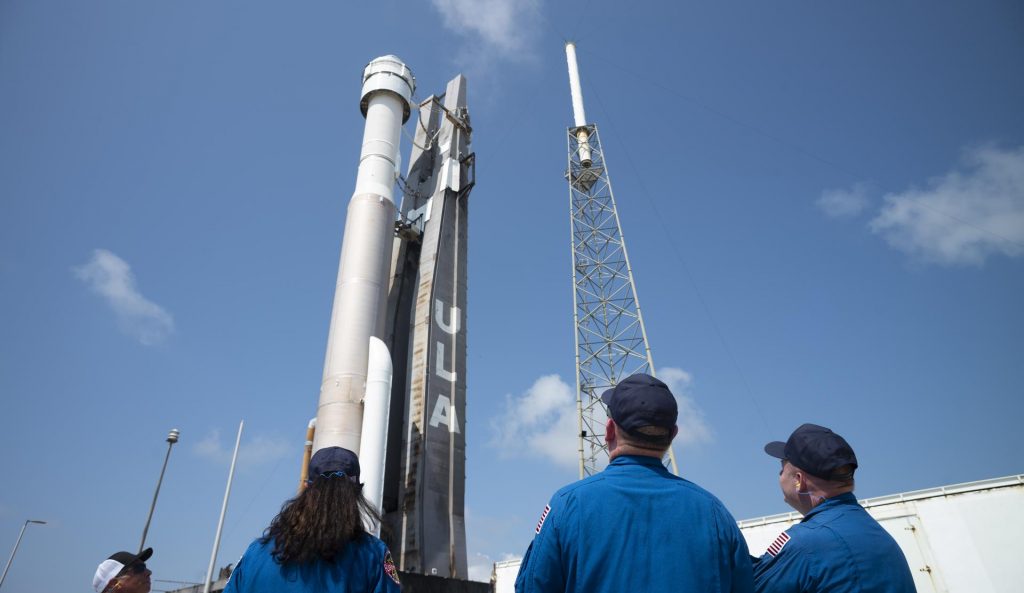
NASA intends to issue a sole source modification to SpaceX to acquire five additional crewed flights to the International Space Station as part of its Commercial Crew Transportation Capabilities (CCtCap) contract. The additional crew flights will allow NASA to maintain an uninterrupted U.S. capability for human access to the space station with two unique commercial crew industry partners.
In December 2021, NASA announced the extension of the International Space Station to 2030. With this extension, there is a need for additional crew rotation missions to sustain a safe and sustainable flight cadence throughout the remainder of the space station’s planned operations.
“Boeing’s Orbital Flight Test-2 went very well and we hope to be able to certify the Starliner system in the near future. However, we will need additional missions from SpaceX to implement our strategy of having each commercial provider flying alternating missions once per year,” said Phil McAllister, director, commercial space at NASA. “Our goal has always been to have multiple providers for crewed transportation to the space station. SpaceX has been reliably flying two NASA crewed missions per year, and now we must backfill those flights to help safely meet the agency’s long-term needs.”
NASA anticipates a potential need to use any additional SpaceX flights as early as 2026 to ensure dissimilar redundancy, maintain safe space station operations, and allow each company to work through any unforeseen issues that could arise as private industry builds operational experience with these new systems.
“The recent success of Boeing’s uncrewed flight test is helping to solidify NASA’s long-term goals,” said Steve Stich, manager, NASA’s Commercial Crew Program. “It’s critical we complete Starliner’s development without undue schedule pressure while working to position both Boeing and SpaceX for sustainable operations in the years ahead.”
SpaceX is currently NASA’s only certified commercial crew transportation provider. The company will fly its sixth rotational mission for NASA in the spring of 2023.
In October 2021, NASA issued a request for information from American industry capable of providing safe, reliable, and cost-effective human space transportation services to and from the International Space Station to ensure a continuous human presence aboard the microgravity laboratory. In February 2022, NASA awarded a firm fixed-price, indefinite-delivery/indefinite-quantity contract modification for the Crew-7, Crew-8, and Crew-9 missions to SpaceX.
After a thorough review of the long-term capabilities and responses from American industry, NASA’s assessment is that the SpaceX crew transportation system is the only one currently certified to maintain crewed flight to the space station while helping to ensure redundant and backup capabilities through 2030.
The current sole source modification does not preclude NASA from seeking additional contract modifications in the future for additional transportation services as needed.
In 2014, NASA awarded the CCtCap contracts to Boeing and SpaceX through a public-private partnership as part of the agency’s Commercial Crew Program. Under CCtCap, NASA certifies that a provider’s space transportation system meets the agency’s requirements prior to flying missions with astronauts. After years of development, commercial crew systems have achieved or are nearing operational readiness for regular crewed missions, including providing a lifeboat capability, to the space station.


